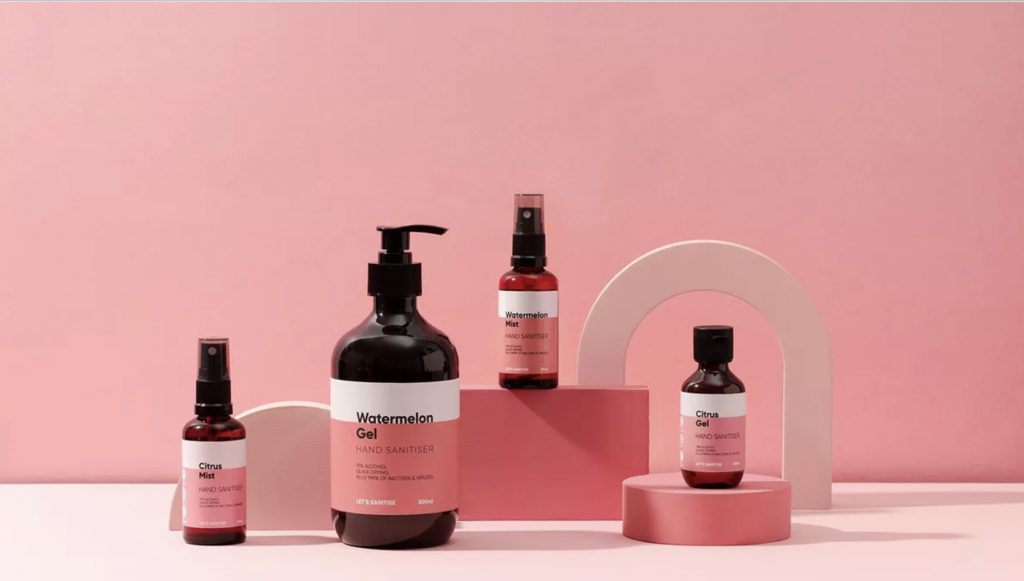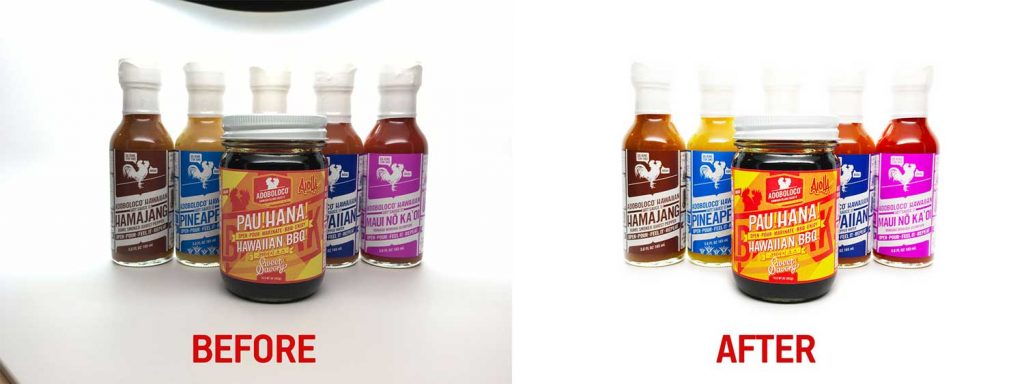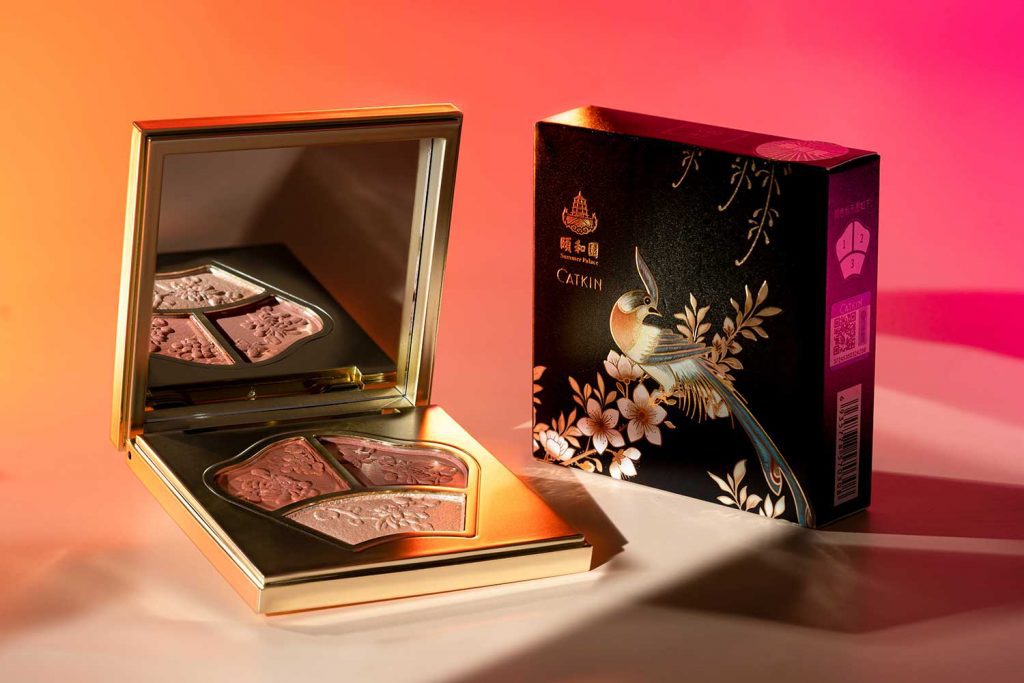Important Tips for the Best Product Photography
Product photography is an essential part of any e-commerce business. It helps to showcase the products in the best possible light and attract customers. However, creating high-quality product images can be a challenging task, especially for beginners.
In this blog post, we’ll talk about some important tips for product photography that can help you bring your product images to the next level.
1. Choose the right background
The background is an essential element of product photography, and it can greatly affect the final image’s quality. A distracting background can take away focus from the product and make the image less appealing to the audience. Therefore, it’s important to choose a clean, neutral background that complements the product and creates a contrast with it. You can use a white or black backdrop, or a coloured one if it matches the product.

Photo by FStoppers
2. Use proper lighting
Lighting is one of the most critical parts of product photography. It can affect the colour, contrast, and sharpness of the image, and create a particular mood or tone. To achieve the best results, use natural light or studio lighting, depending on your preferences and budget. Tools such as a softbox or reflector can be used to control the light and shadows cast. Some things to take note of are making sure lighting is consistent across the images, and that there are no reflections or glare on the product’s surface.

Photo by Broncolor
3. Focus on the details
Product photography is all about showcasing the product’s details and features, so it’s important to pay attention to them. Make sure the product is clean and free of any scratches or defects, and that all the labels and tags are visible. Use a macro lens or a zoom lens to capture close-up shots of the product’s texture, material, and design. Consider shooting the product from different angles and perspectives to show all its sides and features.

Photo by GradePixel
4. Use props and models
Sometimes, adding props or models to your product photography can make it more appealing and relatable to the audience. For example, if you’re selling clothing, you can use a model to showcase how the product looks when worn. If you’re selling food or beverages, you can use props such as plates, glasses, or utensils to create a more appetizing image. However, make sure the props and models don’t distract from the product or make it less visible.

Photo by Gradepixel
5. Edit your images
Post-processing is an essential part of product photography that can help you enhance the image’s quality and make it more appealing to the audience. Use photo editing software such as Photoshop or Lightroom to adjust the brightness, contrast, color, and sharpness of the image. Remove any distracting elements or blemishes, and crop the image to the appropriate size and aspect ratio. However, make sure not to over-edit the image, as it can make it look unrealistic and fake.

Photo by AdoboLoco
6. Test and Iterate
Product photography is an iterative process, and it requires constant testing and refinement to achieve the desired results. Take multiple shots of each product, and review them carefully to identify any areas of improvement. Test different lighting setups, backgrounds, props, and models to find the ones that work best for your products. Consider getting feedback from your customers or colleagues to understand what they like or dislike about your product images.

Photo by Gradepixel
In conclusion, product photography is a crucial part of any e-commerce business, and it requires attention to detail, creativity, and technical skills to create high-quality images that showcase your products in the best possible light. Use these tips to improve your product photography skills, experiment with different techniques and tools, and keep refining your process to achieve the desired results. Remember that product photography is a continuous learning process, and that practice, patience, and persistence are key to mastering it.


